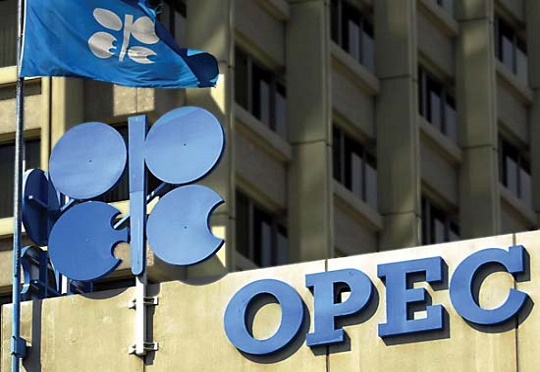Global Oil Inventories Shrink as OPEC+ Decision Looms
The backdrop to this decision is a volatile combination of uncertain global economic conditions, fluctuating oil demand forecasts, and tightening oil inventories, particularly in the United States.
- Advertisement -
As OPEC+ gears up for its next meeting, the group finds itself at a crossroads that has the potential to sway global oil markets. With the autumn months approaching, key decisions loom regarding whether to proceed with planned production increases or to maintain current output levels. The backdrop to this decision is a volatile combination of uncertain global economic conditions, fluctuating oil demand forecasts, and tightening oil inventories, particularly in the United States.
Global Oil Inventories Tighten
- Advertisement -
One of the critical factors influencing OPEC+’s upcoming decision is the current state of global oil inventories. Data from the Organization for Economic Cooperation and Development (OECD) indicates that commercial stocks of crude and refined products in advanced economies were significantly below the ten-year seasonal average as of June, Reuter’s analyst John Kemp recently wrote.
- Advertisement -
Specifically, these inventories were 120 million barrels, or 4%, below the 10-year average, marking the most considerable oil deficit in nearly two years.
In the United States, the situation is even more pronounced. U.S. crude inventories have been on a downward trajectory for the past several weeks, with a steep decline observed in July and August. According to the U.S. Energy Information Administration (EIA), U.S. crude inventories fell by 34.6 million barrels over eight weeks to August 16, marking the second-largest seasonal depletion in the past decade. Much of this decline occurred in the Gulf Coast region, a critical hub for global oil markets, where inventories dropped by 25 million barrels—far above the average depletion rate for this period.
Demand Concerns and Economic Uncertainty
This slowdown has led to a more cautious outlook for oil consumption in the coming months. While some market observers anticipate that central banks, including the U.S. Federal Reserve, may cut interest rates to stimulate growth, the timing and impact of such measures remain uncertain. OPEC+ must weigh these factors carefully as it decides whether to increase production, which could exacerbate the current supply-demand imbalance and lead to a further decline in oil prices.
A Strategic Dilemma
The decision facing OPEC+ is not just about balancing supply and demand; it’s also about maintaining market share and cohesion within the group. Saudi Arabia and its allies are enforcing several production cuts initiated since late 2022 to drain excess inventories and support prices. These cuts have been successful to some extent, but the group is now faced with the challenge of whether to unwind them as scheduled or extend them to prevent another accumulation of inventories.
- Advertisement -
One of the key concerns is the potential loss of market share to non-OPEC producers. The United States, Canada, Brazil, and Guyana have all increased their output, posing a competitive threat to OPEC+ if the group decides to hold back on production increases. Additionally, there is the risk that some OPEC+ members may break ranks and increase output unilaterally, further complicating the group’s efforts to manage supply.
Tactical Considerations and Market Reactions
From a tactical standpoint, the current market indicators present a mixed picture. Kemp has pointed out that while Brent’s six-month calendar spread has shown moderate backwardation, indicating a tightening market, other price indicators, such as refinery margins, have weakened. Inflation-adjusted Brent futures have also declined, averaging $79 per barrel in August, down from $84 in November 2023. This decline reflects the market’s growing uncertainty about future demand and the potential for further economic softening.
Hedge funds and other market participants have also significantly reduced their positions in crude and fuel futures, reflecting a cautious approach amid increased uncertainty. If OPEC+ decides to proceed with the scheduled production increases, it could lead to further downward pressure on prices. Conversely, postponing the increases could spark a short-term rally.
What Lies Ahead
The most prudent approach for OPEC+ may be to delay the production increases until there is clearer evidence of a sustained economic recovery and stronger oil demand. However, if the group feels confident in the long-term outlook, it may choose to proceed, betting that the market can absorb the additional supply without a significant drop in prices.
The coming weeks will be critical for OPEC+ as it prepares to make its next move. The outcome of this decision will not only shape the future of global oil markets but also test the group’s ability to manage supply in an increasingly uncertain economic environment.
Source:norvanreports.com
- Advertisement -


